Historic Town of Ouro Preto
By Stillman Rogers
What is Ouro Preto?
Founded at the end of the 17th century when early prospectors rubbed black stones from the river and discovered the stones were gold, Ouro Preto (Black Gold) was the focal point of the Brazilian gold rush and Brazil’s golden age in the 18th and 19th centuries.
Disclosure: This article contains affiliate links. Making a purchase through an affiliate link will mean a small commission for this website. This will not affect your price.
“With the exhaustion of the gold mines in the late 19th century, the city’s influence declined but many churches, bridges and fountains remain as a testimony to its past prosperity” as well as to the talent of its Baroque architects, sculptors and local stone craftsmen, according to UNESCO.
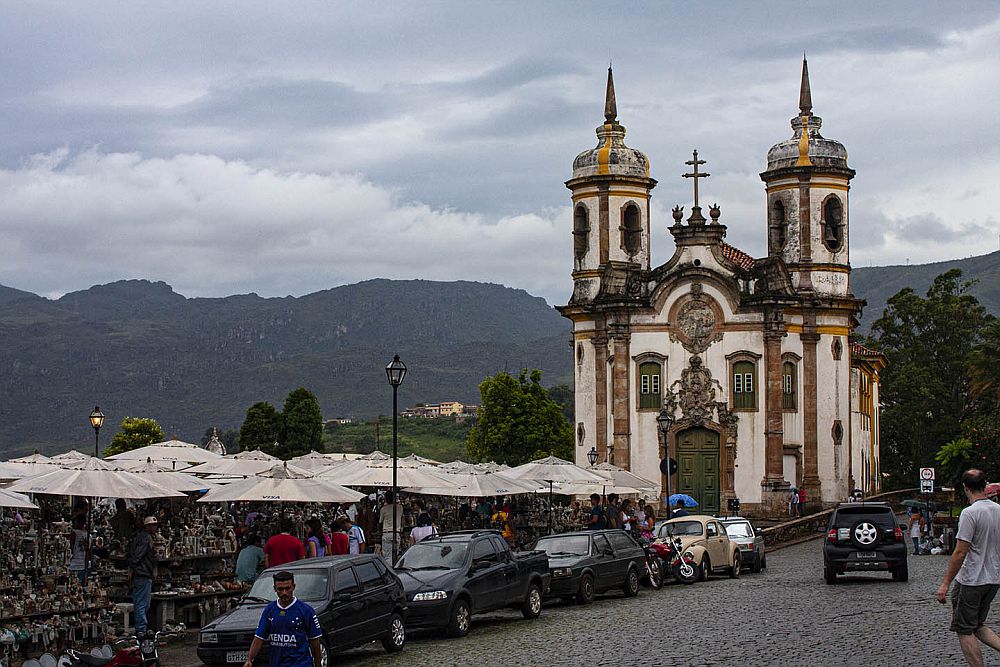
Included in the UNESCO site are:
- Museo de Inconfidencia (1780s), a museum about the 18th-century rebellion against Portugal
- Municipal Theater and Opera House (1769)
- Casa dos Contas (1780s), the original mint and jail
- Nossa Senhora do Carmo Carmo (1766) with 18th-century Portuguese tiles
- Igreja de São Francisco de Assis (1776), a rococo church by 18th-century architect and artist Antonio Francisco Lisboa, known as Aleijadinho
- Nossa Senhora do Pilar (1731), with almost half a ton of gold covering its interior
- Museum of Padre Faria (mid-1700s), the only remaining example of the earliest construction in the Ouro Preto mountains.
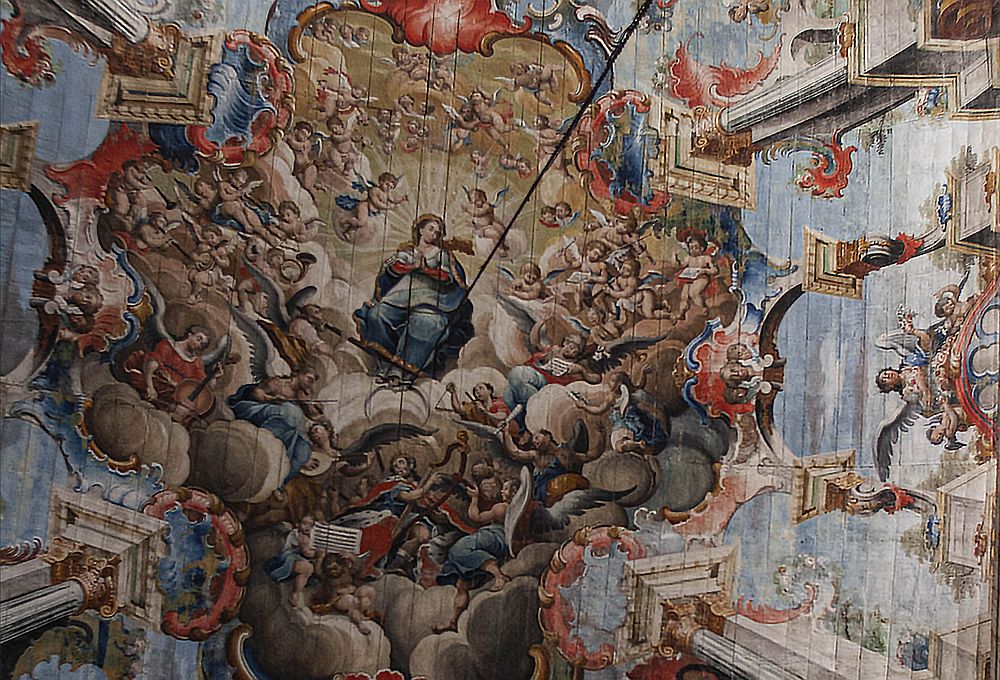
Why is Ouro Preto a UNESCO World Heritage site?
By the 18th century, the city of Ouro Preto was prospering as a center of gold extraction and becoming a city of public squares, official buildings, private residences, businesses and places of worship. Built substantially under the Baroque influences of the 17th and 18th centuries, the architectural style of the city is also influenced by its Portuguese heritage and independence movements.
The design and execution of these structures by native architects and artisans, such as Antonio Francisco Lisboa, and the skill of local artisans in executing the work, have left a treasury of significant value to humanity. These examples of religious and civic architecture and the accompanying works of art in the city are preserved in their original form and locations, maintaining the landscape of the 18th and 19th centuries and including many important works of the Brazilian Baroque period.
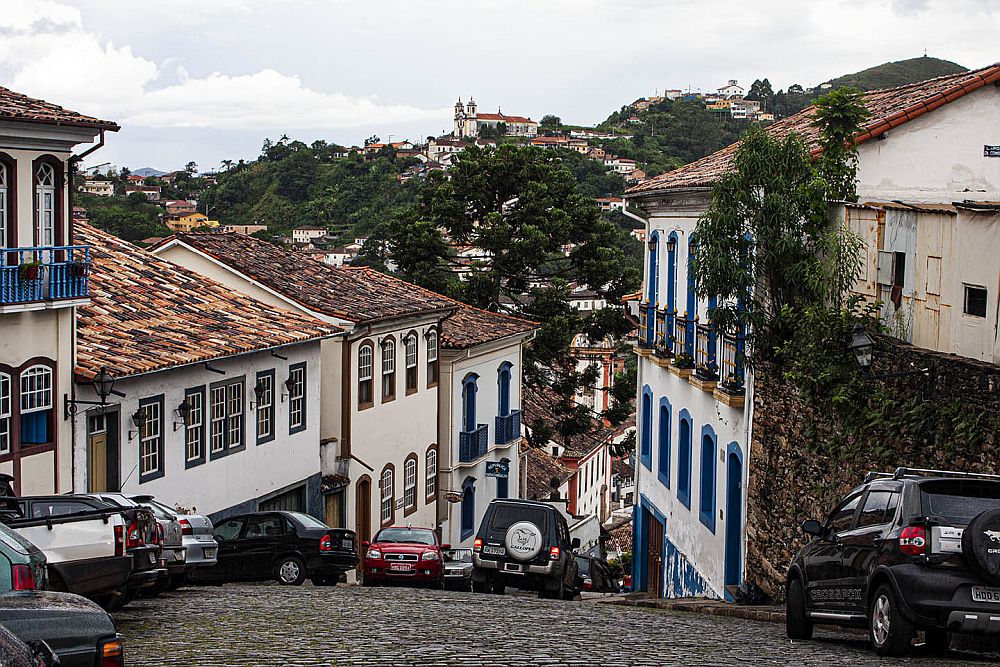
What can you expect on a visit to Ouro Preto?
Ouro Preto is an immersion in the culture, streetscape and architecture of three centuries past. It is eighteenth and nineteenth century architecture on a grand scale, seldom experienced in this fullness. It was a city of great wealth and with a pride in showing it in its public buildings. The welcome is warm and there is community pride in its treasure. While you could see the main attractions in two days, there is more to see and do, so you may wish to stay longer in Ouro Preto.
Book your accommodation by clicking on the map below:
Is Ouro Preto worth visiting?
For anyone interested in the deeper history of art and architecture in Brazil, this city should be on the short list. The city’s origins as a gold-mining center are visible in its churches, and its well-tended architecture is a joy to explore. Most of its treasures are within comfortable walking distance of each other.
What sorts of travelers would like Ouro Preto?
Lovers of things baroque will be delighted by Ouro Preto. It is colonial in origin with its baroque forms colored by indigenous objects and styles. Anyone who appreciates South American colonial architecture will love this place for the quantity and wonderful condition of the city’s official, commercial and residential buildings, most of which date from the eighteenth and nineteenth centuries. The church interiors encrusted in gold will dazzle you.
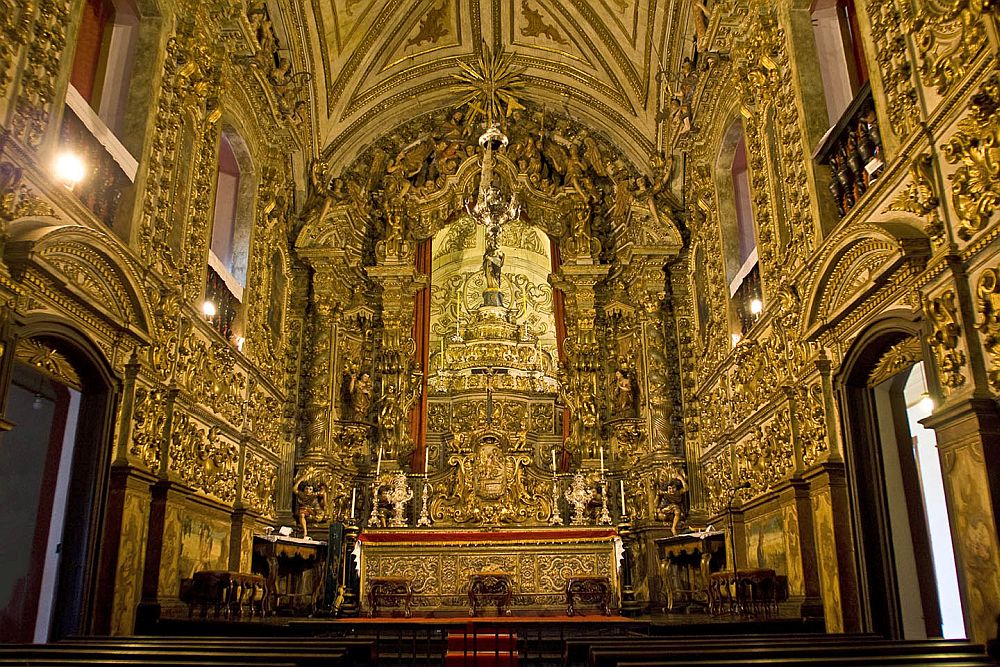
Tips for visiting Ouro Preto
The streets are steep in places, and paved with cobblestones, so have comfortable walking shoes.
Because of its wealth of architecture, visitors should plan on at least two days, allowing time for exploratory walks and enjoying the city’s warm ambiance.
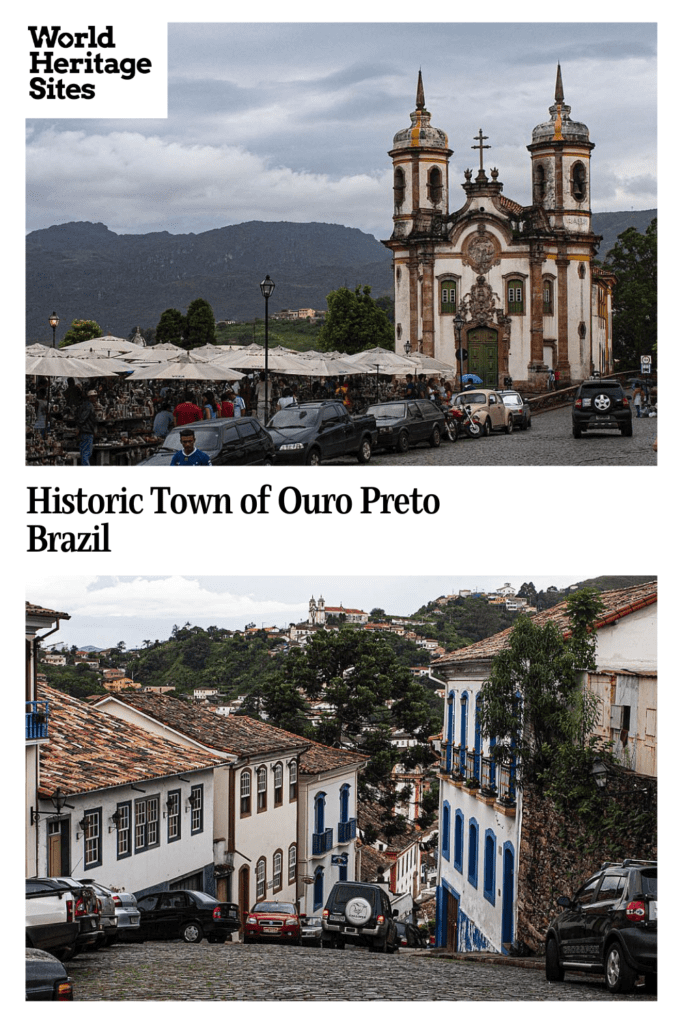
Where is Ouro Preto?
Ouro Preto is at 20° 23’ 51” south and 43° 30’ 0” west. It is about a six-hour drive (357 km, 248 miles) on route BR 356 north from Rio de Janeiro and two hours’ drive (100 km, 62.3 miles on route BR 040 from Belo Horizonte (which is also worth a stop for its art nouveau/deco and modernist architecture, with several Oscar Niemeyer buildings).
Parking at Estacionamento Publico Ouro Preto (R. Ver. Rodrigo Tófolo, 134-178) is inexpensive, and within walking distance of the major attractions.
To get there by public transport, fly to Belo Horizonte (1 hour) and take a bus (2 hours) to Ouro Preto.
For more information on Ouro Preto see the official website of the city.
Have you been to Ouro Preto? If so, do you have any additional information or advice about this UNESCO World Heritage site? Please add your comments below!
